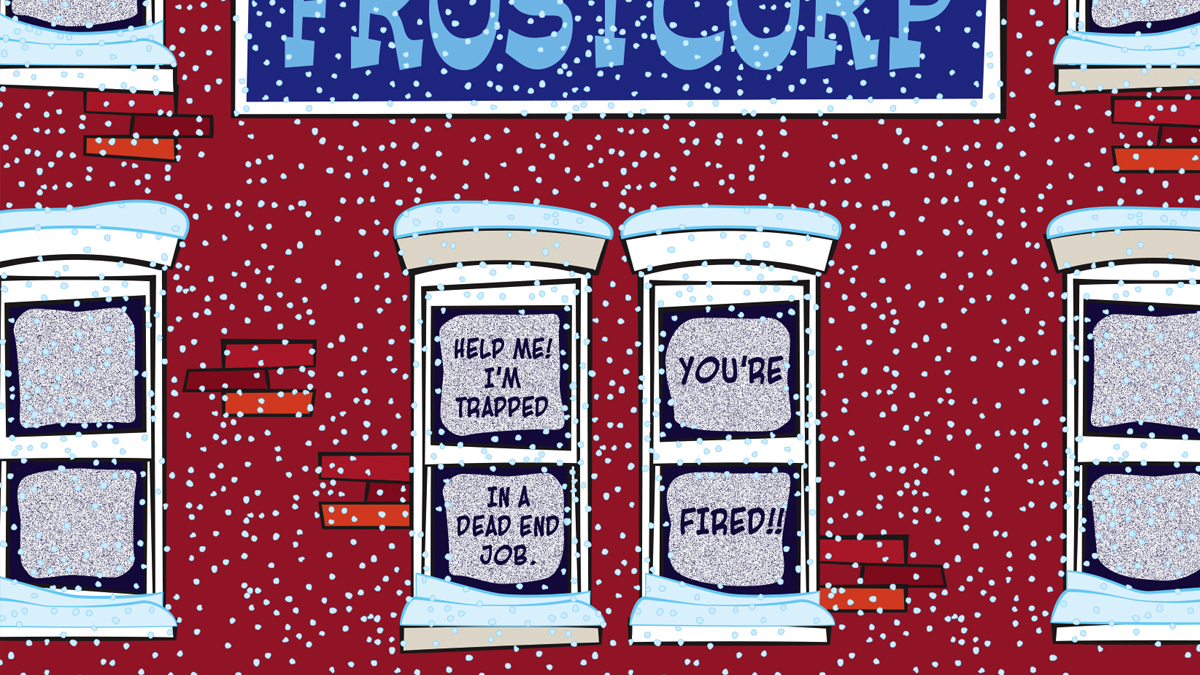Integrating STEM Teaching and Learning Into the K–2 Classroom
“Integrating STEM Teaching and Learning Into the K–2 Classroom is a critically important contribution toward advancing STEM teaching and learning. It blazes a trail for early elementary classroom practitioners to reflect the latest thinking in STEM education, and it provides a means by which early elementary educators can meaningfully contribute to America’s STEM education movement.”
—Jeff Weld, former senior policy advisor on STEM education, White House Office of Science and Technology Policy
“Integrating STEM Teaching and Learning Into the K–2 Classroom is a critically important contribution toward advancing STEM teaching and learning. It blazes a trail for early elementary classroom practitioners to reflect the latest thinking in STEM education, and it provides a means by which early elementary educators can meaningfully contribute to America’s STEM education movement.”
—Jeff Weld, former senior policy advisor on STEM education, White House Office of Science and Technology Policy



